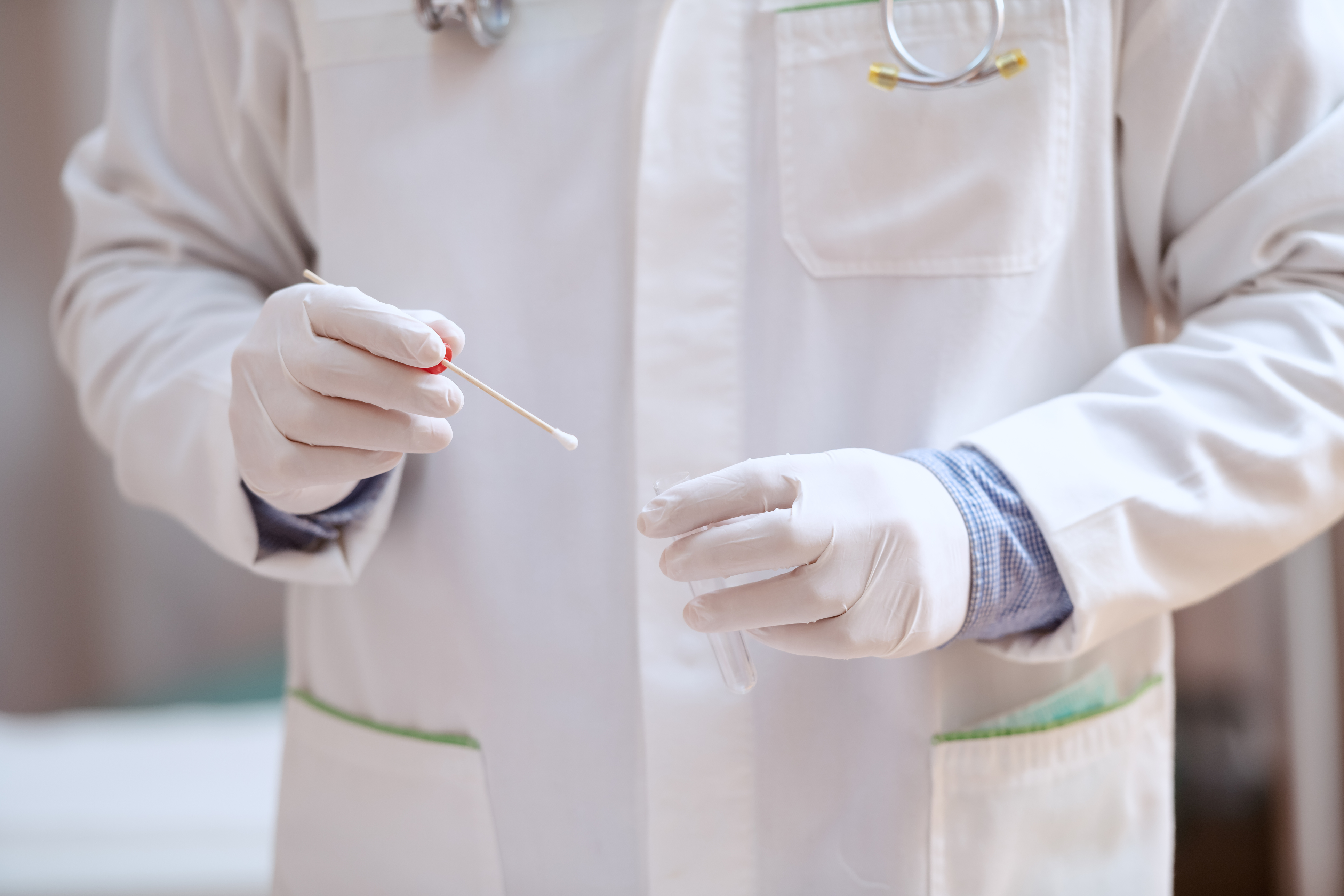Senior Doctors Call for Crackdown on Home Genetic Testing Kits
By Hannah Devlin,
The Guardian
| 07. 21. 2019
False results have told women they have mutations linked to breast and ovarian cancer.
Senior doctors have called for a crackdown on consumer genetic tests, following an influx of patients who have been wrongly told they are carrying dangerous mutations linked to cancer or other devastating conditions.
Women have been incorrectly informed by companies that they have faulty BRCA genes, which convey a high risk of breast and ovarian cancers. One patient was scheduled for preventive breast-removal surgery after a consumer genetic test suggested she had a BRCA mutation. The surgery was called off at the last moment when an NHS laboratory revealed the result to be a false positive.
Doctors warn that the issue is placing an increasing burden on GP surgeries and NHS genetics clinics, which are left to deal with the fallout when people receive alarming or confusing results.
“The NHS is incredibly irritated by these results because [in the case of BRCA] they’re more often wrong than right,” said Prof Anneke Lucassen, a clinical geneticist at Southampton University and chair of the British Society for Genetic Medicine. Lucassen said it was “terrifying” that one of her patients – and possibly...
Related Articles
By Josie Ensor, The Times | 12.09.2025
A fertility start-up that promises to screen embryos to give would-be parents their “best baby” has come under fire for a “misuse of science”.
Nucleus Genomics describes its mission as “IVF for genetic optimisation”, offering advanced embryo testing that allows...
By Hannah Devlin, The Guardian | 12.06.2025
Couples undergoing IVF in the UK are exploiting an apparent legal loophole to rank their embryos based on genetic predictions of IQ, height and health, the Guardian has learned.
The controversial screening technique, which scores embryos based on their DNA...
By Frankie Fattorini, Pharmaceutical Technology | 12.02.2025
Próspera, a charter city on Roatán island in Honduras, hosts two biotechs working to combat ageing through gene therapy, as the organisation behind the city advertises its “flexible” regulatory jurisdiction to attract more developers.
In 2021, Minicircle set up a...
By Vardit Ravitsky, The Hastings Center | 12.04.2025
Embryo testing is advancing fast—but how far is too far? How and where do we draw the line between preventing disease and selecting for “desirable” traits? What are the ethical implications for parents, children, clinicians, and society at large? These...




